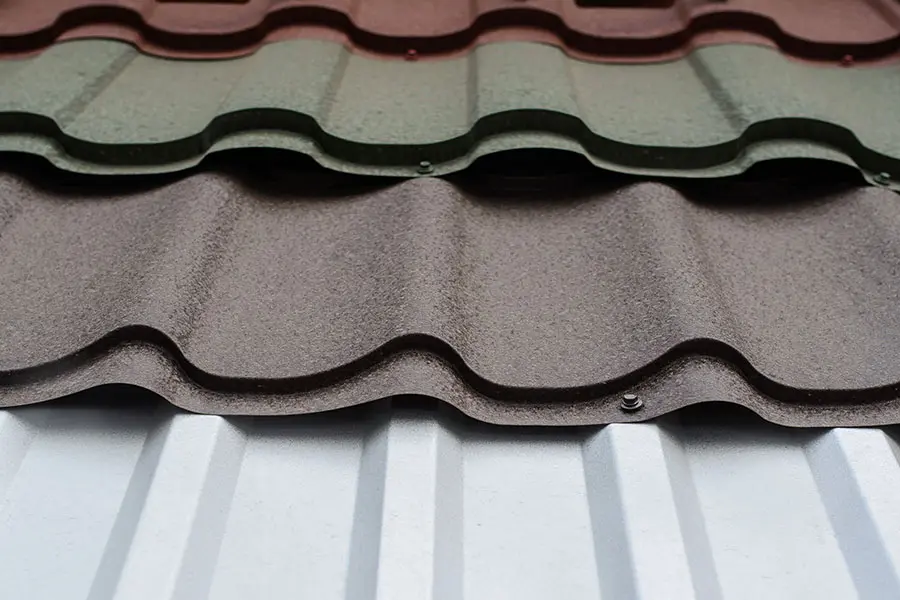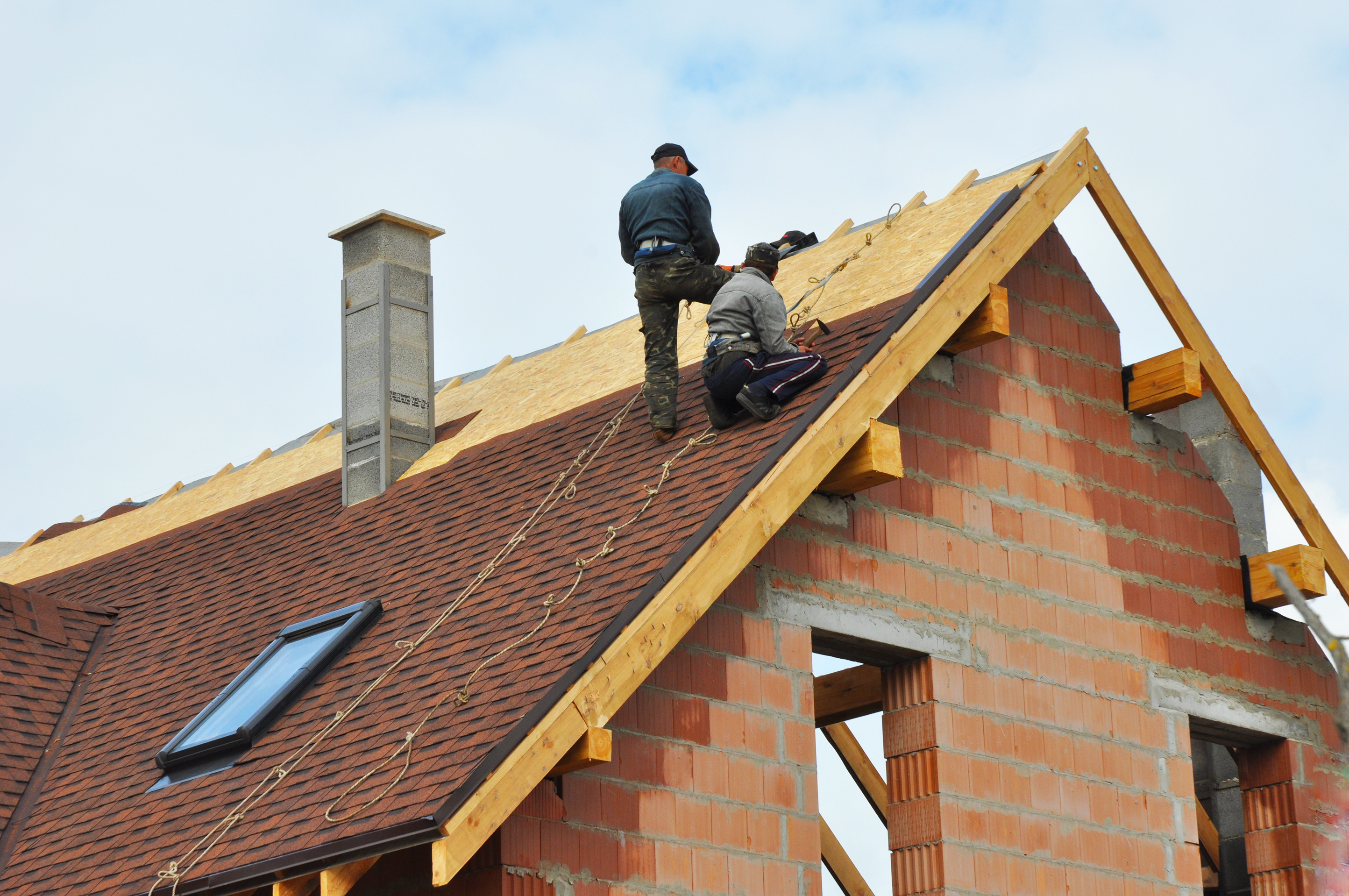Contrasting Costs Among Roofing Companies in Gainesville Florida
Contrasting Costs Among Roofing Companies in Gainesville Florida
Blog Article
Best Practices for Ensuring Proper Roof Covering Ventilation
A balanced intake and exhaust vent proportion, generally 1:300, plays a critical duty, with consumption vents preferably positioned at the reduced edge of the roof covering for cool air entry and exhaust vents at the height for cozy air departure. Maintaining insulation away from vents is essential to prevent airflow limitation.
Understand Ventilation Fundamentals
Effectively understanding air flow essentials is crucial for guaranteeing the long life and efficiency of roof. Reliable air flow alleviates wetness build-up and temperature level extremes in the attic, both of which can lead to substantial structural damages gradually. A well-ventilated roof covering assists in stopping typical concerns such as mold and mildew development, timber rot, and ice dams, which can endanger the honesty of the roof products and the underlying structures.
The main goal of ventilation is to promote the motion of air, enabling a regular exchange in between the outdoor and interior atmospheres. This balance is accomplished with a combination of intake and exhaust vents that interact to maintain ideal airflow. Consumption vents, typically located along the soffits or eaves, allow fresh air to go into the attic room room, while exhaust vents, commonly located at or near the roof covering ridge, make it possible for hot, damp air to run away.
Secret elements influencing the performance of roofing ventilation consist of proper placement, appropriate sizing, and making sure that both intake and exhaust vents are unhampered. Regular examination and upkeep are crucial to recognize potential obstructions, damages, or ineffectiveness in the ventilation system, thereby protecting the roof covering's performance and durability.
Kinds Of Roof Covering Vents
Roofing vents play a crucial function in preserving reliable attic air flow and, by extension, the overall wellness of the roof. Various types of roof covering vents are available, each with distinct advantages customized to specific roofing requirements. Ridge vents, for instance, are set up along the roofing system's optimal, permitting cozy, humid air to get away from the attic room. They use continual air flow and mix seamlessly with the roofline, making them both reliable and visually pleasing.

Soffit vents are mounted under the eaves and operate in tandem with roofing system vents to make certain a balanced consumption and exhaust system. By enabling cooler air to go into from below, soffit vents assist in the expulsion of hot air with upper vents. Gable vents, situated on the outside walls of the attic, deal one more efficient solution, particularly in homes with saddleback roofs.
Assess Your Present Ventilation

Following, think about the age and problem of your roof products and ventilation components. Older systems may not abide by present building ordinance or might have degraded over time, reducing their efficiency. Conduct a comprehensive exam to determine any type of signs of damage, such as rust, damage, or voids that might compromise the system's performance.
In addition, determine the attic room temperature level and humidity levels. High temperatures and humidity can suggest poor ventilation - roofing companies gainesville florida. Use a hygrometer and thermostat to get accurate analyses, contrasting them with outdoor problems. Consistent discrepancies recommend possible problems that require addressing.
Setup Best Practices
Effective setup of roofing ventilation systems is extremely important for guaranteeing ideal efficiency and durability. Correct installation begins with understanding the certain air flow demands of the roof covering and the structure it covers. This entails calculating the proper proportion of consumption to exhaust vents, typically sticking to the 1:300 rule, which states one square foot of ventilation for every 300 square feet of attic floor room.

Intake vents ought to be set up at the roof covering's lower edge, usually in the soffits, to permit cool air to go into. Exhaust vents, on the other hand, need to be installed near or at the roofing's optimal to facilitate the departure of warm, wet air.
Seal all vent links meticulously to stop air leakages and possible water infiltration. Usage top notch products and follow maker standards to make certain durability and effectiveness. Additionally, integrating ridge vents with baffles can significantly enhance airflow effectiveness by preventing wind-driven rainfall and snow from getting in the attic.
Ultimately, precise installation of roofing ventilation systems alleviates potential issues such as mold and mildew development, ice dams, and architectural damage, making sure the roof's stability and the structure's overall wellness.
Regular Maintenance Tips
Consistency in maintenance methods is basic to making i was reading this certain the long-term effectiveness of roof ventilation systems. Normal evaluations are important, preferably done biannually-- in the springtime and loss. Throughout these inspections, make sure that vents are without particles, nests, and various other obstructions that could hamper airflow. Look for any kind of indicators of moisture accumulation or mold, as these can suggest improper ventilation or leaks (roofing companies in gainesville florida).
Cleaning up the vents is one more important job. Utilize a soft brush or a vacuum to get rid of dust and debris from intake and exhaust vents. Be cautious not to harm the vent screens or louvers throughout the procedure. Furthermore, inspect the attic area for any type of indicators of water damage, which could compromise the honesty of the roof covering system.
Correct insulation is equally essential. Ensure that attic insulation does not block the vents, as this can significantly restrict air movement. Rearrange or change it to preserve a reliable barrier. if any type of insulation has changed or worked out.
Last but not least, replace any type of harmed or missing out on components immediately. Damaged vents, fractured shingles, or worn-out flashing can all contribute to inadequate ventilation and must be addressed immediately. Routine upkeep makes certain that the roofing air flow system works optimally, consequently extending the lifespan of the roof covering itself.
Verdict
Making certain appropriate roofing air flow is critical for keeping the effectiveness and sturdiness of a roof covering system. Adherence to the 1:300 consumption and exhaust air vent ratio, paired with the strategic placement of vents, is essential.
A well balanced intake and exhaust vent proportion, generally 1:300, plays an essential function, with consumption vents ideally put at the reduced edge of the roof for great air access and exhaust vents at the optimal for warm air leave. Intake vents, usually located along the soffits or eaves, allow fresh air to get in the attic area, while exhaust vents, usually situated at or near the roofing system ridge, allow hot, moist air to leave.
Soffit vents are installed under the eaves and job in Discover More tandem with roof covering vents to make sure a balanced intake and exhaust system. By allowing cooler air to go into from below, soffit vents help with the expulsion of warm air via top vents. Adherence to the 1:300 consumption and exhaust vent ratio, paired with the strategic placement anchor of vents, is important.
Report this page